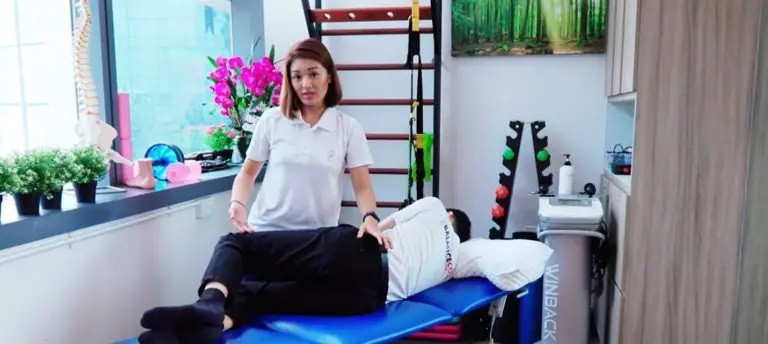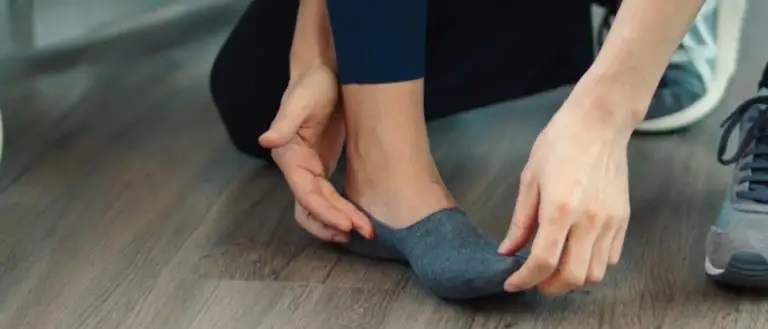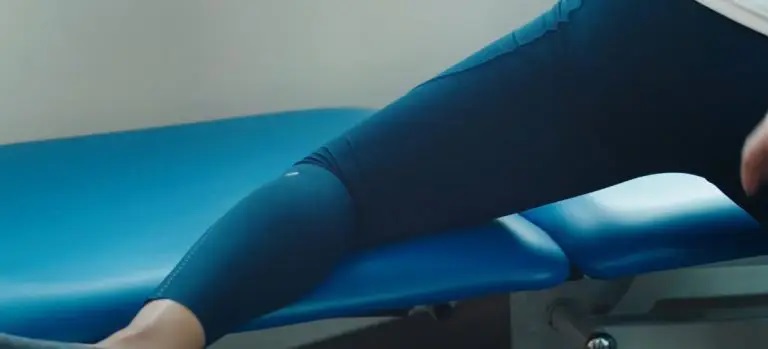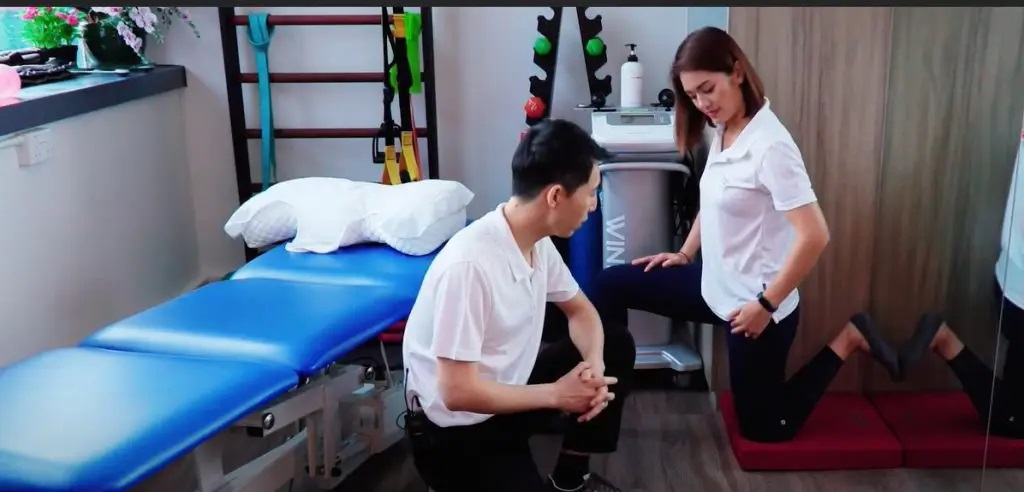Best Exercises to Avoid Knee Pain
Best Exercises to Avoid Knee Pain
Conventionally, treatment for knee pain has been focused around the knee itself. But, in fact, most knee problems are not standalone conditions. In this article, our physiotherapists in Singapore will share with you how we can help your knee pain by addressing the root problems and also some exercises to avoid knee pain.
The single leg balance is one of the good ways to look at the forces going through the knee. Try balancing on one of your legs, which part of your foot feels the most pressure? Is it more towards the forefoot, the midfoot, the arch area or the heel?





Conventionally, treatment for knee pain has been focused around the knee itself. But, in fact, most knee problems are not standalone conditions. In this article, our physiotherapists in Singapore will share with you how we can help your knee pain by addressing the root problems and also some exercises to avoid knee pain.
The single leg balance is one of the good ways to look at the forces going through the knee. Try balancing on one of your legs, which part of your foot feels the most pressure? Is it more towards the forefoot, the midfoot, the arch area or the heel?






